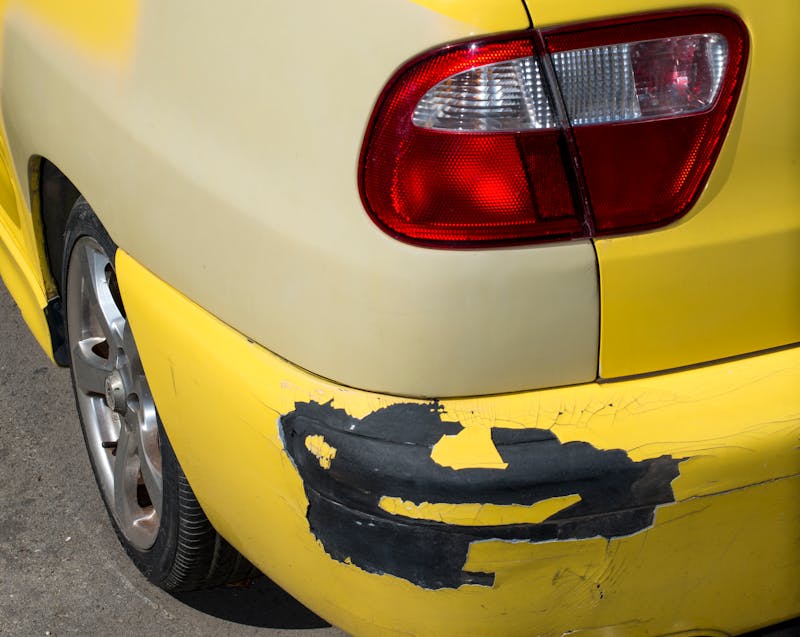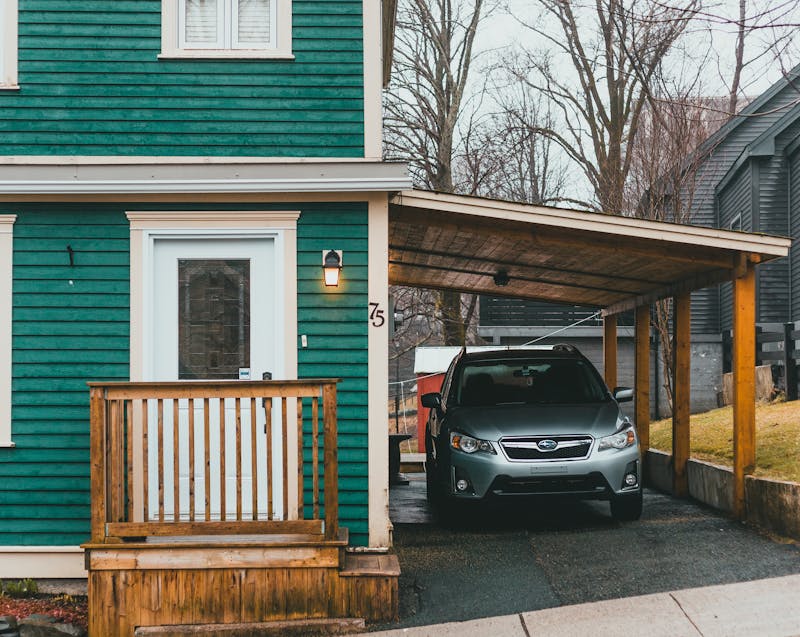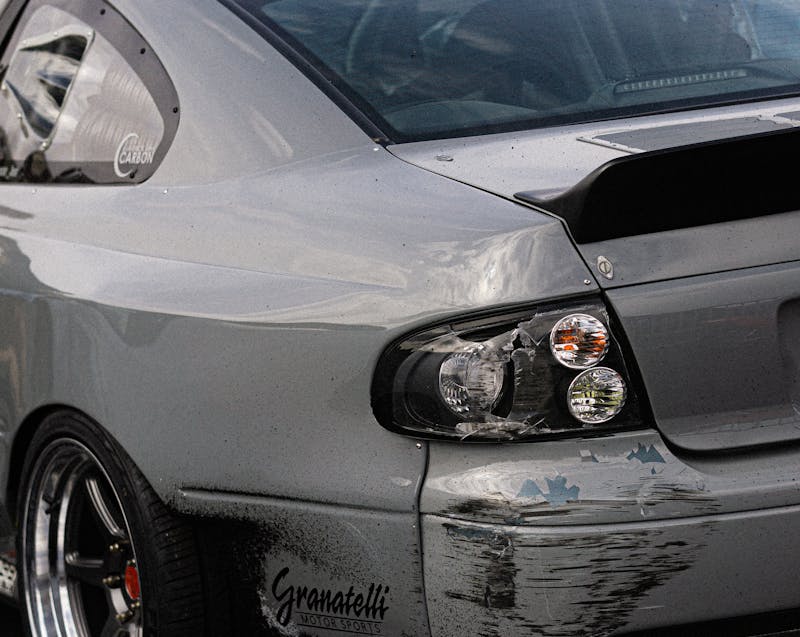Owning a car means enjoying freedom and convenience, but it also comes with the challenge of keeping it looking new. Even the most careful drivers can’t always avoid scratches—whether from stray shopping carts, tree branches, or minor bumps. While scratches may seem like a small cosmetic issue, they can worsen over time, leading to rust and a drop in resale value. The good news is that you don’t need to spend hundreds at an auto body shop to fix minor imperfections. With the right tools and a little patience, you can repair scratches at home and restore your car’s shine.
This guide walks you through easy, step-by-step methods on how to repair scratches on car paint, with practical tips designed for car owners and DIY enthusiasts.
Why Do Car Scratches Need Immediate Attention?

Before diving into the repair process, it’s important to understand why scratches should never be ignored. Car scratches can vary in depth, ranging from surface-level marks to deeper cuts that expose the metal underneath. While light scratches might only affect the clear coat, deeper ones can eventually lead to corrosion if left untreated.
Fixing scratches right away not only improves your car’s appearance but also prevents long-term damage. Repairing scratches at home is a cost-effective alternative that helps extend the life of your car’s paint job. Even if you’re new to DIY projects, following a simple step-by-step process can give you professional-looking results without a hefty price tag.
How to Repair Scratches on Car Paint: Step-by-Step Guide
If you’re wondering how to repair scratches on car paint, the process is easier than you might think. With a few basic materials and some preparation, you can restore your vehicle’s finish. Here’s a simple method you can follow:
- Clean the Area
- Wash it thoroughly with car shampoo and water.
- Dry it completely with a microfiber cloth to avoid trapping dirt under the repair.
- Assess the Depth of the Scratch
- Use your fingernail to check the scratch. If your nail doesn’t catch, it’s likely just on the clear coat.
- If your nail catches, the scratch is deeper and may require more intensive repair.
- Apply Scratch Remover or Rubbing Compound
- For light scratches, use a scratch remover product.
- Apply a small amount onto a clean applicator pad and rub in circular motions.
- Buff and Polish the Surface
- Use a microfiber cloth to buff the area until the scratch becomes less visible.
- For best results, polish the area afterward to restore shine.
- Touch-Up Paint for Deep Scratches
- If the scratch reaches the primer or metal, apply automotive touch-up paint that matches your car’s color.
- Once dry, seal it with a clear coat and lightly sand if necessary.
By carefully following these steps, you can repair most scratches yourself and avoid costly trips to a body shop.
What Materials Do You Need for Scratch Repair?
One of the keys to successful DIY scratch repair is having the right materials. Fortunately, most of these tools are affordable and easy to find at auto supply stores. Here’s what you’ll need:
- Car wash soap and water
- Microfiber cloths
- Scratch remover or rubbing compound
- Applicator pad or sponge
- Touch-up paint (color-matched to your vehicle)
- Clear coat
- Sandpaper (2000–3000 grit for deeper scratches)
- Polishing compound
Investing in these items ensures that you’ll always be prepared for small paint issues, whether it’s light scratches, scuffs, or even when you need to know how to repair chipped paint on car surfaces.
Can You Use Household Items to Fix Car Scratches?
Many DIYers wonder if common household products can be used to repair car scratches. While there are quick fixes like toothpaste or baking soda that may work on very minor scratches, they are not long-term solutions. Toothpaste, for example, acts as a mild abrasive and can temporarily reduce the appearance of light scratches on the clear coat.
However, relying solely on household items may not deliver lasting results. For best outcomes, it’s recommended to use automotive-grade products specifically designed for car paint. That way, you reduce the risk of making the scratch worse or damaging the paint further.
Preventing Future Scratches on Your Car

While learning how to repair scratches is helpful, prevention is always better than cure. Taking extra steps to protect your car’s paint can save you time and effort in the long run. Here are a few preventive tips:
- Park in garages or shaded areas to avoid exposure to falling debris.
- Avoid parking too close to shopping carts or heavily trafficked areas.
- Apply a quality car wax or ceramic coating to add a protective barrier.
- Wash your car regularly with proper techniques to prevent dirt buildup.
- Use car covers if you don’t have a covered parking space.
By following these simple habits, you can reduce the risk of scratches and keep your car looking like new for years.
Final Thoughts
Car scratches are an inevitable part of owning a vehicle, but that doesn’t mean they need to diminish its value or appearance. With a little time and the right tools, you can easily repair scratches at home and restore your car’s finish. Whether you’re handling light clear-coat marks or deeper scratches, the step-by-step methods outlined in this guide make the process manageable for any car owner or DIYer.
Taking action now not only saves money but also ensures your car continues to look its best. And with preventive care, you’ll be less likely to deal with frustrating scratches in the future.
